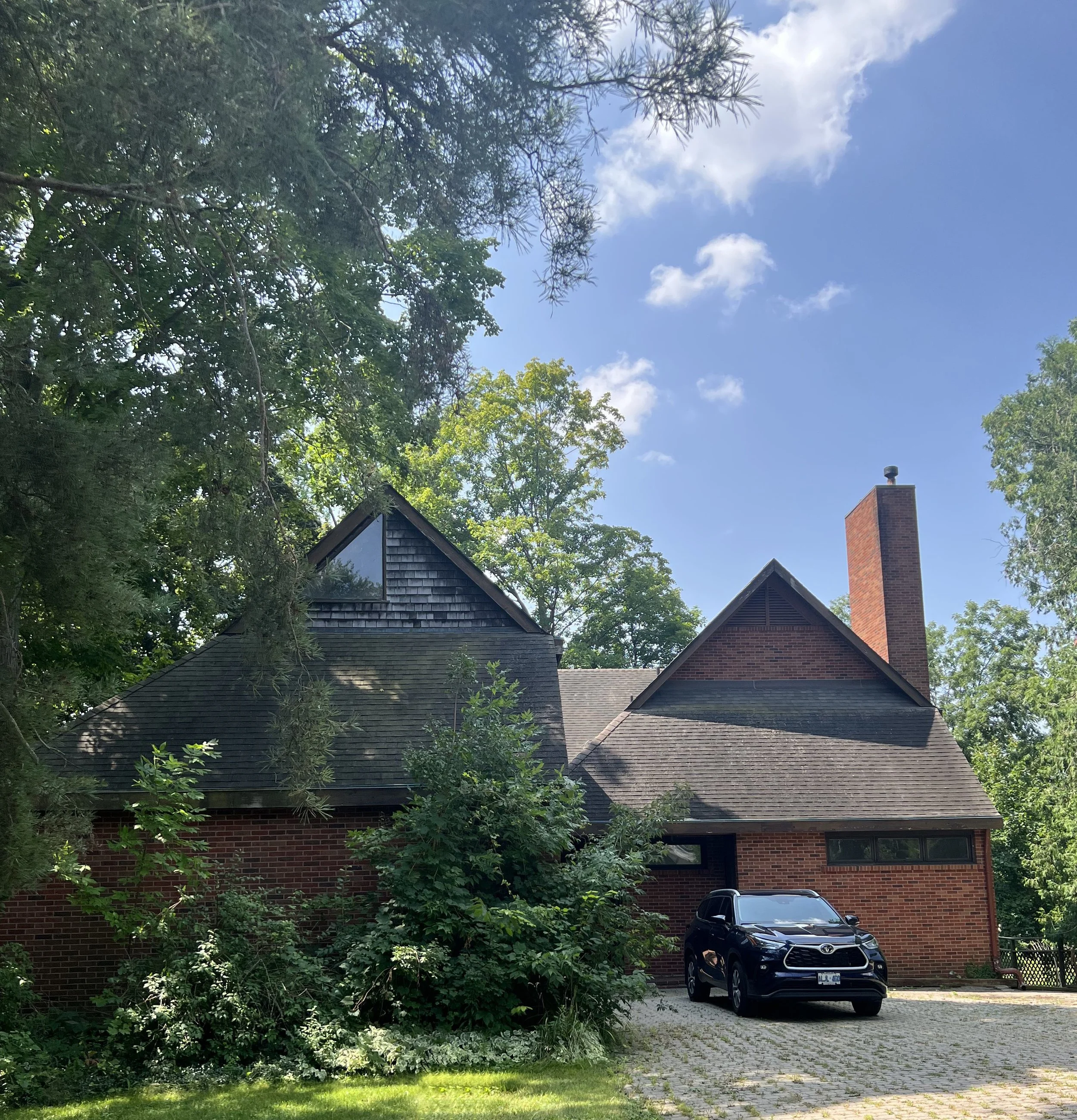In Memoriam
〰️
In Memoriam 〰️
Alexander (Alex) Temporale, FRAIC
September 29, 1946 – September 18, 2025.
With great sadness, we announce the passing of Architect, Planner and Right Angle editorial committee member Alex Temporale, on Sept. 18. Alex has been a friend and colleague for many years, as well as a stalwart of The Right Angle Journal, and its predecessor, OAA Perspectives. As an Editorial Board member and Director of the Built Environment Open Forum, Alex helped to shape this Journal’s voice, championing the stories behind buildings and streets. Alex’s soft-spoken thoughtful contributions to our journal and to our discussions were invaluable in forming the mission statement of our organization, as well as the composition of every issue of the Journal. He will be greatly missed. We are honouring his life and work below, with links to some of his writings for those who wish to learn more about his legacy.
In 2016, writing for OAA Perspectives, Alex offered advice to young architects. It is extremely wise advice and is reflective of Alex’s own approach to architecture and to life.
LETTER TO AN ASPIRING ARCHITECT ON GRADUATION
By Alex Temporale, B. Arch., OAA, CAPH, FRAIC,
This essay first appeared in the Fall 2016 issue of OAA Perspectives.
There is no single type of aspiring graduate. Each has a unique set of skills and interests. My five years of night-and-day architecture in university changed my life and perspective of the world forever. With so much time and energy dedicated to studio, design became the overriding focus. On graduation day, my vision of architectural practice was idealistic and unfortunately naïve. I’d like to contribute some practical advice based on the experiences that followed. It may prove helpful in avoiding some of the landmines and detours in your road ahead.
This letter is to you, the aspiring designer and future practitioner. Use this advice as you see fit.
Every project you receive is an opportunity. Learning does not stop at graduation but will be a continual process. In rapidly changing times, you must continue to stay at the leading edge of those changes, whether they are social, environmental or technological.
It is vital to find a place that will foster your talent and allow you to grow. Don’t rush to fly solo; be observant and understand the nuances of architectural practice. You always have a lot to learn. Design excellence alone will not necessarily bring you the success you seek, nor will all rewards be monetary. Success will often be determined by luck and relationships. Whether it is through a personal relationship with staff or clients, or a collaborative effort, you cannot create architecture alone.
No matter how creative you are as an innovator, your success is determined by your ability to obtain work. Luck will show which door opens and which closes, and there will be times in your career that you will ponder what the future could have been if only that commission had gone to you.
Architecture is a business in a highly competitive market. Your main competitors are your fellow architects. The Canadian market is risk-averse and is more focused on performance than design. Ours is a country that sells commodities, not ideas, and Canadian business success stories are few in number. To clients, the words “time,” “schedule” and “budget” seem to hold more weight and influence than the word “innovation.” You may be shocked to learn that some very successful architectural practices never use the word “design.”
Another reality is that architecture is a service industry in which our clients control the program and the construction purse strings. It is the client’s approval that you inevitably require. Learn to be a people person, to listen, and to collaborate. You will encounter many hurdles in the way of your success due to the number of decision makers, authorities and trades professionals who will challenge your design expertise. Consensus and consultation are a natural part of the process but don’t compromise your integrity and ideals. It is in reality a balancing act, one that you will learn to master.
Architecture is often regarded as being a combination of art and science. As a designer, you are an artist and you must know who you are in order to create the art of architecture. The degree of creativity you bring to any project will define whether you possess integrity and ingenuity, or are simply an impostor.
Budget is another major constraint to your creative process. However, it cannot be used as an excuse to create boring, redundant, or bland buildings. Design excellence is not contingent on budget. Unless your reputation rises to “star” status, you will always be faced with financial barriers. It is what you make out of small projects with limited budgets that may be extremely important for your future success.
Lastly, success is contingent on sacrifice. Disappointment often plagues designers but it should act as a motivator. For the designer and practitioner, architecture is a calling and a way of life. It is all-consuming, and it is not a job that ceases at five o’clock. It will be a constant challenge. If the process of creation from concept and vision to reality is what drives you, put on the battle gear and enter the fray. Your future awaits.



